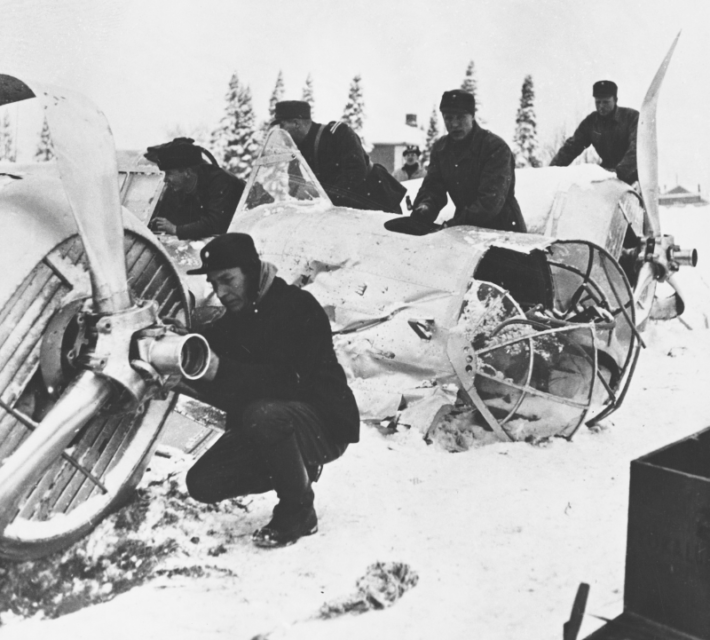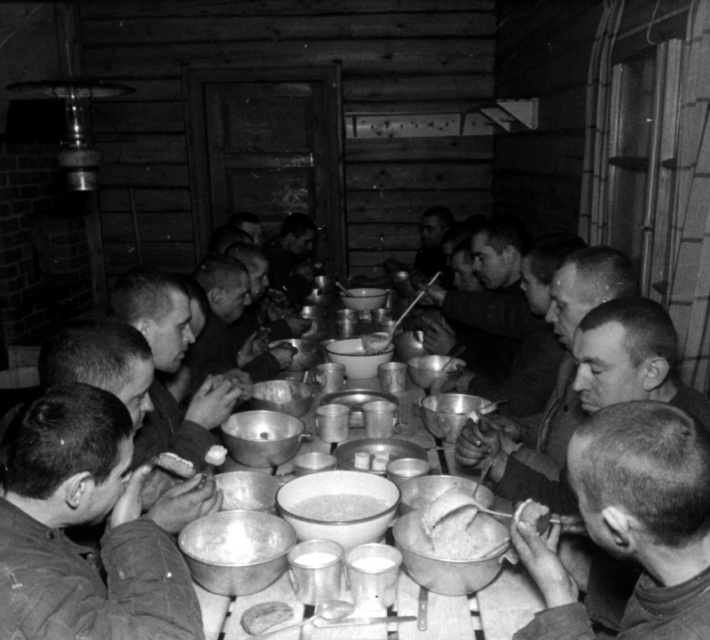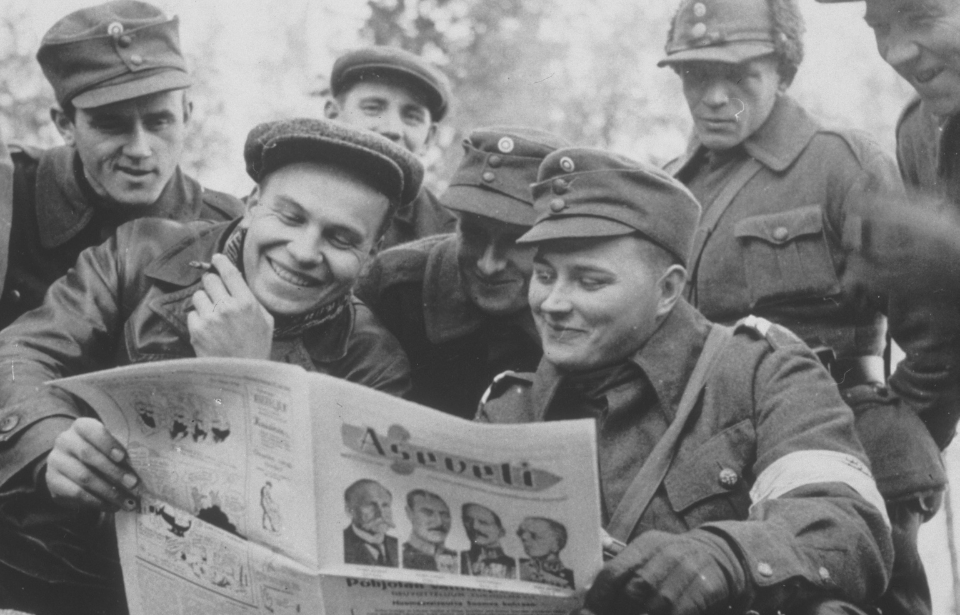On November 30, 1939, a massive influx of Soviet troops, along with a multitude of tanks and aircraft, surged across the Finnish border, marking the onset of the Winter War. Dictator Joseph Stalin aimed for the Soviet Union to reclaim territory that had once been part of Russia, and the conflict concluded with the Moscow Peace Treaty. However, what many are unaware of is that this war also led to an important smaller clash on Finnish soil known as the Sausage War.
Winter War

Finland and the Soviet Union had actually signed a non-aggression pact in 1932, but the Soviets made it clear said peace wouldn’t last. The USSR received massive amounts of backlash for its invasion of Finland, resulting in it being removed from the League of Nations.
The invasion saw enormous numbers of troops, equipment, tanks and aircraft cross the Finnish border, a number that surpassed the strength of Finland’s forces. With over half a million troops and thousands of tanks, it seemed like the Soviets would steamroll through the country. However, much to Joseph Stalin‘s embarrassment, this wasn’t the case.
The Finns had the advantage

The Red Army wasn’t in any condition to conquer. Just a few years earlier, Stalin’s Great Purge ravaged the Soviet command structure. Around 30,000 high-ranking military officers were either arrested, imprisoned, killed or sent to work camps. The purge targeted anyone deemed to be a political obstacle, peasants and selected ethnicities, and it’s estimated one million lost their lives.
The Great Purge devastated the military chain of command, as experienced officers had been replaced with less experienced supporters of Stalin. This resulted in disorganized, poorly-trained troops who had inadequate supplies, food and clothing for tackling a region as cold as Finland. The Finns, on the other hand, were well-versed in low temperature operations. They were also well-trained, motivated and equipped for battle.
The Soviets’ disadvantages were compounded by the Finns’ advantages, with the latter able to school their enemies at the start of the Winter War. At one point, they even gained a useful, yet unexpected, ally: sausage.
Sausage War

On December 10, 1939, just over 10 miles from the border, the Soviet 718th Rifle Regiment launched a surprise assault on Finnish troops near the village of Ilomantsi.
This should have been a walk in the park for the lumbering Red Army. At the start of the attack, they forced a Finnish retreat, but the now-starving Soviets were suddenly overcome by the delicious smell of sausage stew emanating from the Finn’s cooking tents. They ate sausage because of its high fat content, which was vital for keeping them energized in the bitterly cold temperatures.
The Soviets stopped to eat

The Soviets had been forced to march for five days and simply couldn’t resist the food, something they’d received little of. They paused their attack and began to eat their fill, giving the Finns enough time to regroup, surround them and begin a counterassault on the feasting enemy.
The ensuing battle was a hand-to-hand slaughter. The Finns attached bayonets to their rifles and made quick work of the Red Army troops, driving them back and forcing them to call off the assault. Finnish estimates place the death toll at around 100 Soviet troops, to 20 Finnish soldiers. While formally known as the Battle of Varolampi Pond, among troops it was known as the “Sausage War.”
The Red Army suffered over 100,000 casualties

Despite the success of the Sausage War, the Soviets eventually prevailed when Finland and the USSR signed the Moscow Peace Treaty, which ended the war in their favor. Even though Finland had lost, the country’s forces had fought an incredibly successful war that decimated huge numbers of Red Army troops, while keeping their own casualties low. Finland suffered around 25,000 casualties, while the Soviets daw between 130,000 and 170,000 either dead or missing.
Want War History Online‘s content sent directly to your inbox? Sign up for our newsletter here!
The Winter War exposed the Red Army’s flaws and gave Germany the idea that conquering the USSR was possible. Ironically, the lessons the Soviets learned from the conflict later played a huge part in defeating the Germans, who made the same mistakes they did in 1939.
